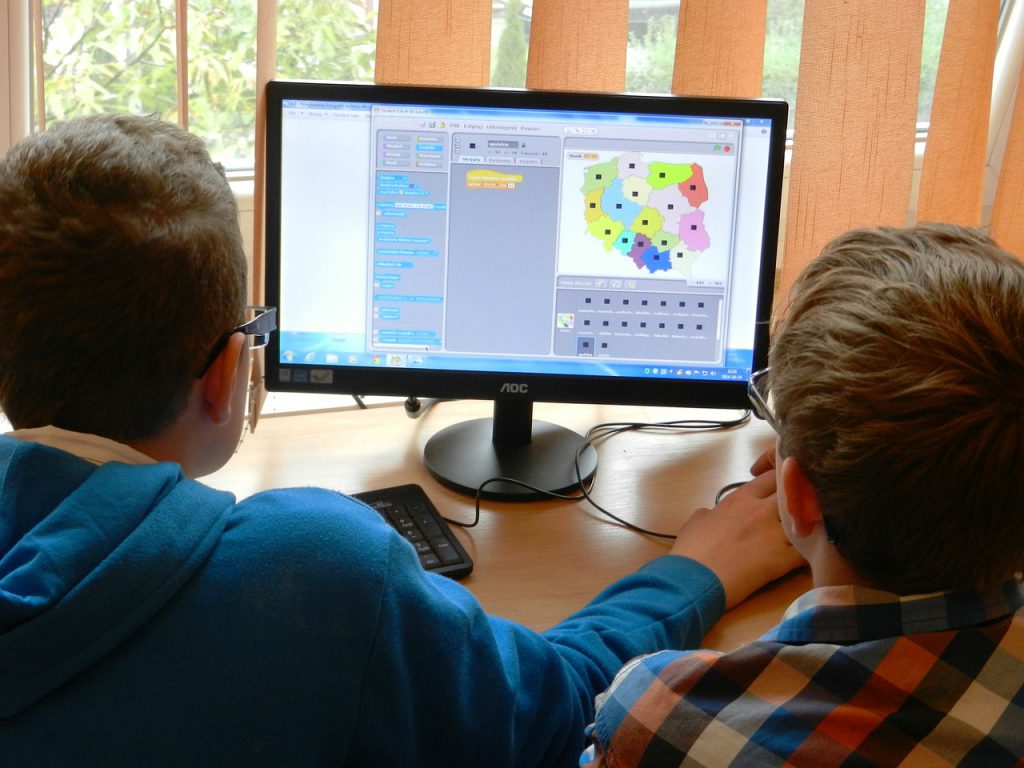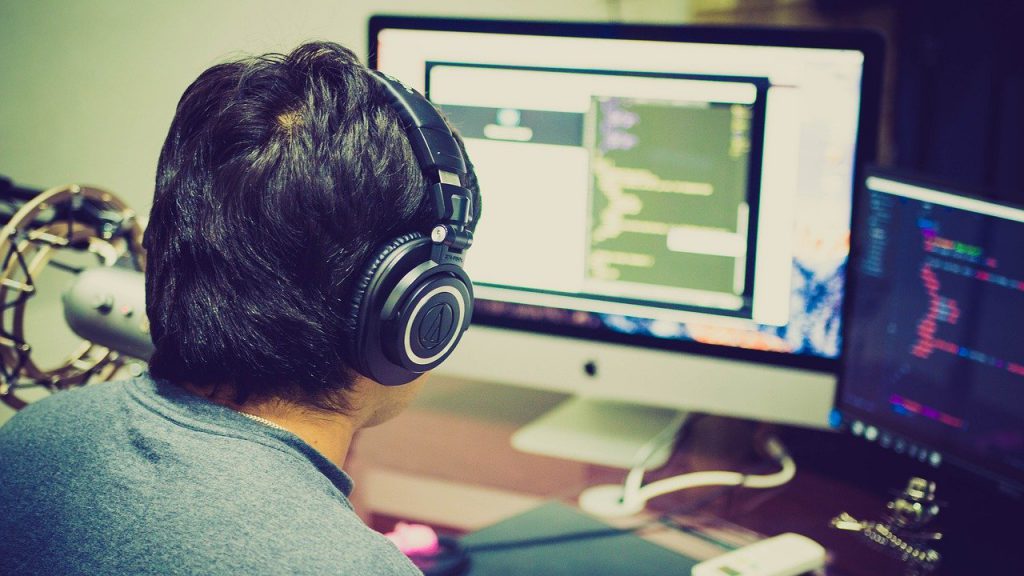It is recommended by many experts that the young students must begin their coding journey with the help of Visual block-based coding. Block-based coding generally involves a simple process of “Drag & Drop” blocks to manipulate visual elements on a laptop or tablet screen.
Scratch which is a free programming language is a good example of a block-based visual programming language. With the help of Scratch, young students can program their own exciting stories, games, and even do animation.
What is Scratch Programming Language?
This programming language of Scratch is specifically designed for the student’s age 8 to 16 and is used by people of all age groups. For example, there are motion blocks on Scratch which are used to control the movement of a Sprite(Scratch Sprites are Images which the students can create and program in the Scratch interface), Looks block to change the appearance, and Sound blocks to make sounds, etc.
Scratch provides a wonderful way to develop valuable skills that are associated with programming such as logic building & debugging.
To know more about Scratch and other programming environments. Watch this interactive Demo session
What are the Advantages of Block-based Coding for Kids?
Block-Based coding offers the following advantages which are mentioned down below:
1. Teaches Fundamentals of Programming
With the help of Visual Block-Based coding, the students learn about the important programming concepts such as Loops, events, control structures, operators, etc. in an easy and interactive manner.
2. Improves Creativity
With the help of using Visual programming languages like Scratch, the students will get a chance to use their creativity in creating games and do animation with the help of the blocks.
3. Free From Syntax Error
The Visual Block-based programming languages are free from syntax errors and the students can read & write the desired code easily with the help of using the blocks which are represented in a natural language. The syntax errors occur most commonly in the text-based programming language like Python etc.
4 No Prior knowledge of the coding concept
In the text-based programming languages like C++, Java, Python, etc. the student needs to understand and have knowledge about the various types of the coding concept of objects, classes, and functions, etc. to carry out effective coding, whereas in visual block-based coding languages such as Scratch the entire learning process is made simpler and visually appealing for kids and it does not require any prior knowledge of the coding concepts.

5. Solid Foundation of Programming Principles
Using a highly interactive, easy-to-learn Visual Block-based programming language like Scratch is the best way to introduce your kids into the realm of coding. With the help of these languages, the young students will get a solid foundation of the useful programming principles and one’s he gets a grip on it then the child will be ready to transition to text-based programming languages like Java, Python, etc
What Type of Issues are Faced by Students While Making a Transition from Block-based to a Text-based Programming Language?
Given below are some of the issues faced by the students during the transition process:
1. Change of Programming Paradigm
When a student makes a transition from a block-based programming language to a text-based programming language there is a change of programming paradigm. The visual Block-Based programming languages like Scratch is an Object-Based language in which the program scripts specify the behavior of each individual object, whereas the text-based programming languages are either Class-based or procedural based i.e the programs need to define the classes of objects and the instantiation is required in the process.
2. Knowledge of Data Types
Unlike Block-based programming where only a few data types are used and the student can create programs without the full knowledge of data types, in text-based programming is it necessary to have a good understanding of Data types in order to create simple operational programs.

3. Syntax Error Message
The block-based programming is free from syntax errors whereas in text-based programming the students need to memorize syntax in order to write code. The programs which are written in text-based programming languages will not get compiled unless all the syntax errors are corrected.
4. Layout Management
In the block-based systems, the management of layouts such as Spacing and Indentation is automatically done whereas in text-based programming languages it must be done manually. It is very common for Text-based programming beginners to create incorrect indentation but needs to be taken care of because the incorrect indentation affects readability and leads to syntactic or semantic errors in the coding.
5. Representation of Expression
In Block-based programming, the blocks which represent expressions clearly indicate the number and the position of the parameters whereas in text-based programming it is a complex process to write expressions such as multi-operator arithmetic expressions as the format of this complete expression is not visible while writing in the code.
Conclusion
We have discussed how block-based coding is an entry point for the kids in the realm of coding and discuss the few advantages which it offers. To learn about the various types of benefits offered by Coding to young students you need to read the previous blog. We also talk about what types of issues the kids will face while making a transition from block-based to text-based programming languages. Although the transition process seems like a lot of work it is totally worth it. With proper practice and motivation, the child will be able to grasp the text-based programming language as well and when they do then they will have a very bright future ahead of them. In the next blog we are going to talk about the importance of learning algorithms for kids and how can parents encourage their kids to learn algorithms.
 2711
2711




